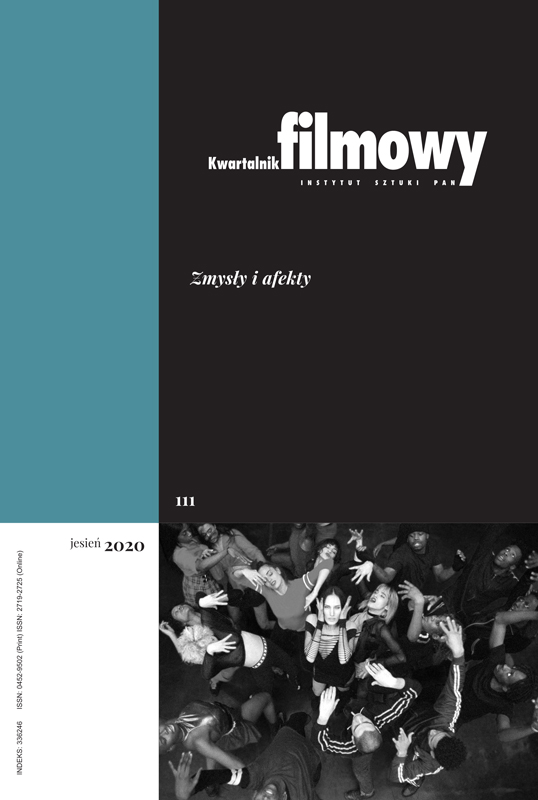Z zimną krwią. Doświadczeniowy wymiar „Zapisu zbrodni” Andrzeja Trzosa-Rastawieckiego
In Cold Blood. Experiential Dimension of „Zapis zbrodni” by Andrzej Trzos-Rastawiecki
Author(s): Robert DudzińskiSubject(s): Fine Arts / Performing Arts, Visual Arts, Film / Cinema / Cinematography
Published by: Instytut Sztuki Polskiej Akademii Nauk
Keywords: Andrzej Trzos-Rastawiecki; true crime films; affectivity of spectatorship
Summary/Abstract: The subject of this article is the 1972 film "Zapis zbrodni" ("Criminal Records") by Andrzej Trzos-Rastawiecki, based on a true story of two teenagers (Konstanty Feder and Janusz Dębiński), who, in 1972, murdered and robbed two men, having chosen them at random as their victims. The author endeavours to describe the communication situation created by the director, and the affective and emotional impact of the film on the viewer. To this end, he analyses the narrative aspect of "Zapis zbrodni", the profiles of the main protagonists, and the sensual and bodily dimension of the film. Studying these aspects of the work of Trzos-Rastawiecki in more detail makes it possible to observe that the picture of crime presented in the film goes beyond our stereotypical thinking and perception of juvenile lawbreakers. Thus, "Zapis zbrodni" does not offer a simple answer to the question “why did the murder happen?”. Instead, the film asks many questions, giving the viewers an emotional impulse to look at the entire case carefully and to rethink it. This is because Trzos-Rastawiecki signals that the personal, ethical and social dimensions of the story of two teenage murderers are definitely more complex than it might seem to us at first glance.
Journal: Kwartalnik Filmowy
- Issue Year: 2020
- Issue No: 111
- Page Range: 199-220
- Page Count: 22
- Language: Polish

